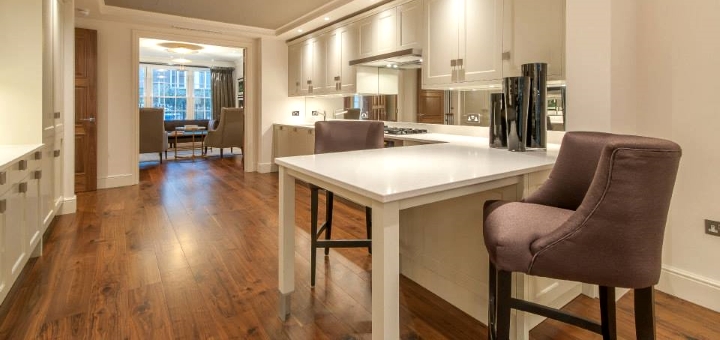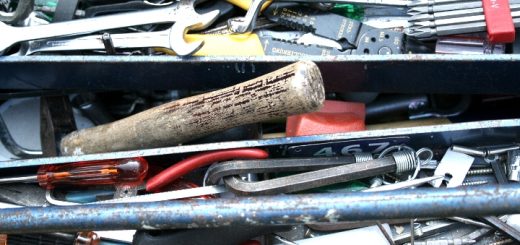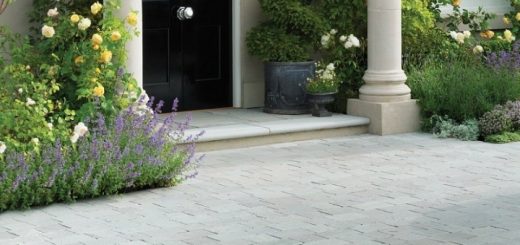Floored by all the different types of wooden flooring? Here’s our handy guide to the options

Laminate, wood, engineered wood, linoleum… flooring in British homes has got a whole lot more complicated since the late ’90s, when more than four-fifths of us still bedecked our houses with carpet.
Fast forward to now, and carpet is still there in first place – with 57 per cent of the UK market – but it’s laminate and wooden flooring that’s really been on the rise over the last couple of decades.
First popularised by a certain Swedish retailer, it’s not surprising that laminate still has many fans. After all, it’s cheap as chips (as little as £5 to £10 per sqm for the most basic), easy to install, and can look pretty smart – at least to start with.
Growing numbers of UK homeowners are recognising, however, that there’s a quality and durability about real wood that laminate just can’t match, and the market has responded with an increasingly elaborate range of solid and engineered wooden flooring.
So, if you’ve decided on real wood over any of the alternatives, where do you start? In our case, we turned to our friends at JFJ Wood Flooring – based in North Devon, and one of the businesses featured in our Directory – to help explain all the different options.
Solid oak flooring
If you’re looking for a ‘real’, hardwood floor – in other words, about as far from laminate as you can get – then solid oak flooring is likely to appeal.
Warm, beautiful, comfortable – the quality of an authentic wooden floor is self-evident and hard to beat. JFJ pointed out to us that it’s also surprisingly easy to fit; theirs is tongue and grooved all round, to make laying your new floor as stress-free as possible.
Solid oak flooring isn’t as expensive as you might imagine, either. At the time of writing, JFJ’s is £28.50 per sqm (plus VAT), compared to the £17 or so you might pay for the top-end laminate in a big-name DIY store. The difference, of course, is that you’re buying proper, solid wood rather than a fake-wood veneer, with all the extra durability and longevity that brings.
There are some limitations, though – as we’ll see in a second.
Engineered oak flooring
Perhaps surprisingly, JFJ tell us that it’s their engineered oak flooring – rather than traditional solid oak floors – that’s their bestseller, despite most of the engineered oak options being more expensive (prices currently start at £26.95 per sqm, and go up to £37.95). However, the reasons for engineered wood’s appeal become clearer once you start to compare one against the other.
Stability
JFJ explained that one of the most important advantages of high-quality engineered wood flooring is its stability. Rather than being made from a single piece of timber like hardwood flooring, engineered wood flooring is constructed from multiple layers of timber, arranged perpendicularly, which makes it less prone to swelling and shrinking. This means that the product can be used in environments where solid wood is best avoided, like conservatories, kitchens, bathrooms, and areas with underfloor heating.
JFJ’s engineered wood flooring has been heavily tested for durability – they’ve even boiled it, apparently, to check that all the layers stay glued together – but they do point out that cheaper options from other companies have been known to de-laminate under stress. So, the advice – as with any big home improvement purchase – is really to go for the best quality you can afford, and check out online reviews before you buy to see what existing customers think.
Appearance
The joy of engineered oak flooring is that as well as being more durable, it actually looks the same as solid oak. Why? Because the top layer is solid oak, typically between 3mm and 6mm thick depending on the overall thickness of the product. In JFJ’s case, this visible layer is exactly the same high-quality timber that’s used for their solid wood flooring, so you get the same look and feel but without those concerns about shrinking and swelling.
Fitting
While fitting a solid wood floor isn’t necessarily difficult, engineered wood flooring – by virtue of being engineered – has the advantage of being available in wider, longer floorboards that are quicker and easier to lay. A speedier task is no bad thing, whether you’re doing the job yourself or factoring fitting costs into the equation.
Sustainability
While a solid wood floor is obviously made entirely of valuable hardwood, engineered wood flooring like JFJ’s only uses hardwood for the top layer that you see – the rest is made of ply, using faster-growing and less valuable timbers. So, if you fancy the luxury of a hardwood floor but without the worry about its environmental impact, engineered wood flooring ticks all the boxes on that score too.
Engineered walnut flooring
The third category of flooring that JFJ offers is engineered walnut, for which all the advantages of engineered oak still apply.
The most obvious difference is price – at £56.95 per sqm, engineered walnut flooring is getting on for twice the cost of engineered oak, but then it is among the most high-spec wooden flooring you can get. JFJ rightly describe it as “one of the most stunning materials used for flooring”, and point out “the deep, rich colour with beautiful decorative grain that American walnut has to offer”. The picture at the top of this blog post – showing a JFJ engineered walnut floor in a London home – gives you a flavour of just how classy it can look.
Conclusion
So there we have it – wooden floors demystified!
In short, we suggest going for engineered oak flooring if you’re after an option that balances price, appearance and durability – especially if you’re looking to fit it in a place that gets wet or is subject to frequent changes in temperature – and that minimises the environmental impact too.
If money’s no object, and you fancy a truly luxury finish, then engineered walnut flooring will give you that while still offering all the benefits of its engineered oak counterpart.
And if, despite all that, you still long for a floor that’s 100%, proper, authentic, solid hardwood, that’s fine! Just be aware of the areas in the home where solid wood might not work so well, and, once you’ve passed that hurdle, enjoy the satisfaction of knowing that your new wooden floor is absolutely the real thing – even if your guests might not be able to tell!
All prices quoted are exclusive of VAT, and were correct on 18 November 2015.







